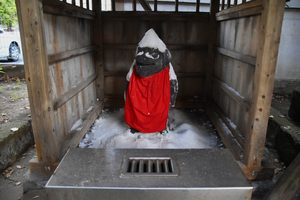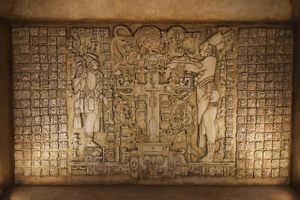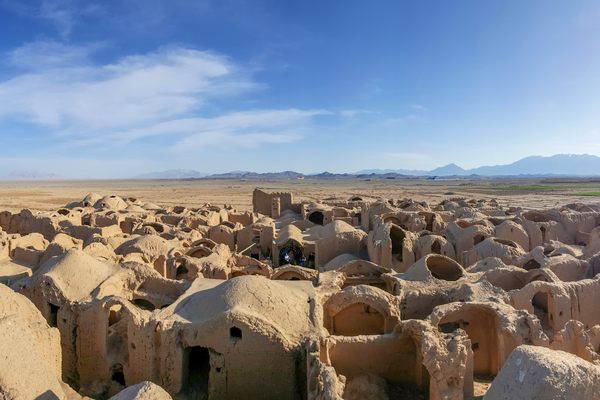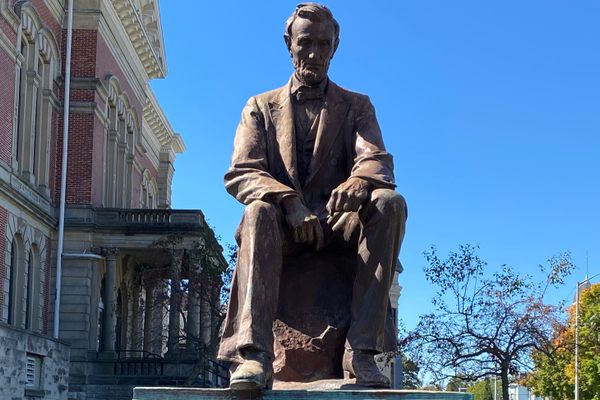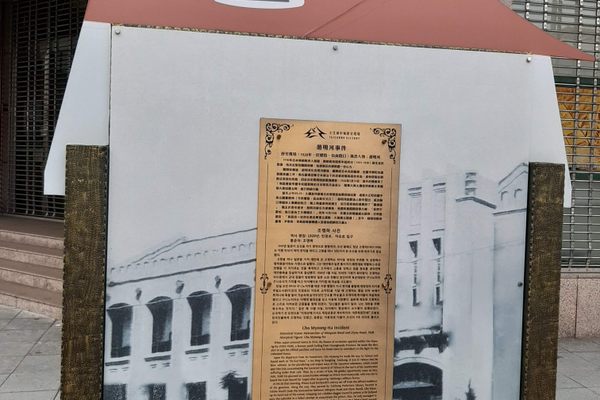About
In the 13th year of the Kan’ei era, around 1636, the Tokugawa shogunate introduced a series of copper-alloy coins called Kan’ei Tsūhō. Its distinct round-with-a-square-hole shape was based on the various “cash” coins of contemporary (and earlier) Chinese culture. The coin was highly popular during the Edo period, and today it's more commonly referred to as the samurai coin.
Dozens of zenizas (mints) were established throughout Japan to craft the copper coins, some private installations. One of the most important was the Kameido Zeniza, which operated between 1668 and 1683. The coins minted there bore the kanji bun (short for the Kanbun period) as the mintmark. Well over a billion of these coins were cast.
This monument commemorates the site where the Kameido Zeniza once stood, in the form of the iconic Kan’ei Tsūhō, complete with the bun mint mark on the reverse. Very few people visit the monument because of its location and obscurity, but its historical significance is important to understanding the history of Japan.
The monument is located between modern-day Kameido and the popular little shopping district of Kinshicho, right next to the Yokojukken River. There is also a street tile nearby depicting the Kan’ei Tsūhō, also commemorating the zeniza that once stood here.
Related Tags
Know Before You Go
The monument is about 10-minute walk from Kinshicho Station, located near the Olinas shopping mall and Kinshi Park.
Hidden Japan: Sado Island, Nara & Kyoto
Explore a different side of Japan.
Book NowCommunity Contributors
Added By
Published
February 10, 2020












